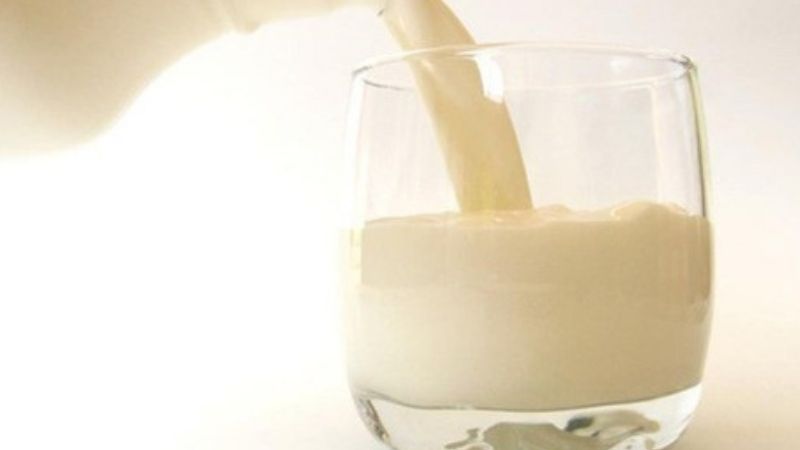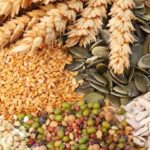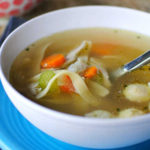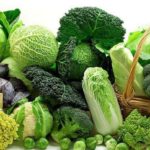The Pegan diet is a nutritional approach created by Dr. Mark Hyman, drawing inspiration from two prominent dietary trends: paleo and vegan.
1 What is the Pegan Diet?
 What is the Pegan Diet?
What is the Pegan Diet?
The Pegan diet is a unique blend of the core principles of paleo and vegan diets, rooted in the belief that nutrient-dense, anti-inflammatory foods can reduce inflammation, balance blood sugar, and promote overall wellness.
This diet comprises 75% fruits and vegetables, with the remaining 25% consisting primarily of nuts, seeds, and healthy fats from sources like legumes and gluten-free whole grains, consumed in moderation.
Moreover, the Pegan diet is designed for long-term sustainability rather than a quick fix, allowing for indefinite adherence.
2 How to Follow the Pegan Diet
Foods to Eat
 Foods to Eat
Foods to Eat
Fruits and Vegetables
The Pegan diet emphasizes a plant-forward approach, with fruits and vegetables making up approximately 75% of your total food intake. Choose fruits and veggies with a low glycemic load, such as berries and non-starchy vegetables, to help manage blood sugar levels.
If you have already achieved healthy blood sugar control before starting this diet, you may include small amounts of starchy vegetables and sugary fruits in moderation.
Grass-Fed and Grass-Finished Meats and Eggs
The Pegan diet discourages the consumption of conventionally raised meat and eggs. Instead, focus on grass-fed and grass-finished beef, lamb, poultry, and eggs.
Limited Grains and Legumes
While grains and legumes are not encouraged on the Pegan diet, you can include them in limited quantities:
- Grains: Black rice, quinoa, buckwheat, millet, and teff are preferred choices.
- Legumes: Lentils, chickpeas, black beans, and pinto beans are good options.
Keep in mind that per meal, grain portions should not exceed 125 grams, and legume portions should not exceed 75 grams.
Healthy Fats
The Pegan diet promotes the consumption of healthy fats from specific sources, including:
- Nuts and Seeds: All varieties except peanut are recommended.
- Nut and Seed Butters: Opt for natural, minimally processed options without added sugars or hydrogenated oils.
- Avocados and Olives: Avocado oil and cold-pressed olive oil are excellent choices.
- Coconut: Unrefined coconut products, such as coconut oil, are permitted.
- Omega-3 Rich Seafood: Emphasize choices with low mercury levels, such as wild-caught salmon and sardines.
Foods to Avoid
 Avoid Dairy Products
Avoid Dairy Products
Dairy Products: When following the Pegan diet, say no to dairy products like milk, ice cream, and cheese, as they are high in fat and can contribute to weight gain.
Refined Grains: If you’re on the Pegan diet, limit your intake of refined grains, as they can cause inflammation and spike blood sugar levels.
Most Legumes: Due to their potential to increase blood sugar levels, most legumes are not encouraged.
Added Sugars: Avoid all forms of added sugars, whether refined or unrefined.
Food Additives: Steer clear of artificial colors, flavors, preservatives, and other additives.
Sweet Treats: Refrain from consuming foods high in sugar.
3 Benefits of the Pegan Diet
 Drawbacks of the Pegan Diet
Drawbacks of the Pegan Diet
The complete elimination of dairy products from the Pegan diet may pose a challenge for those who rely on dairy as a primary source of calcium and other nutrients.
The diet’s emphasis on organic, grass-fed meats can also be costly, requiring a substantial budget to sustain.
Additionally, the low net carb intake may not meet the minimum recommended amount, potentially leading to fatigue and a lack of energy for some individuals.
This article has provided insights into the Pegan diet, and we hope it has helped you understand this dietary approach better.
Source: vinacas.com
DIY Nutritious Cereal Flour and Its Benefits
Changing your diet for the better has never been easier – Ði?n Máy XANH has all the info you need on the highly nutritious cereal flour. In this article, we will look at the nutritional advantages it holds, how to cook with five kinds of beans, and how to get the most out of this incredible food for your wellbeing. Don’t miss out on these amazing health tips!














